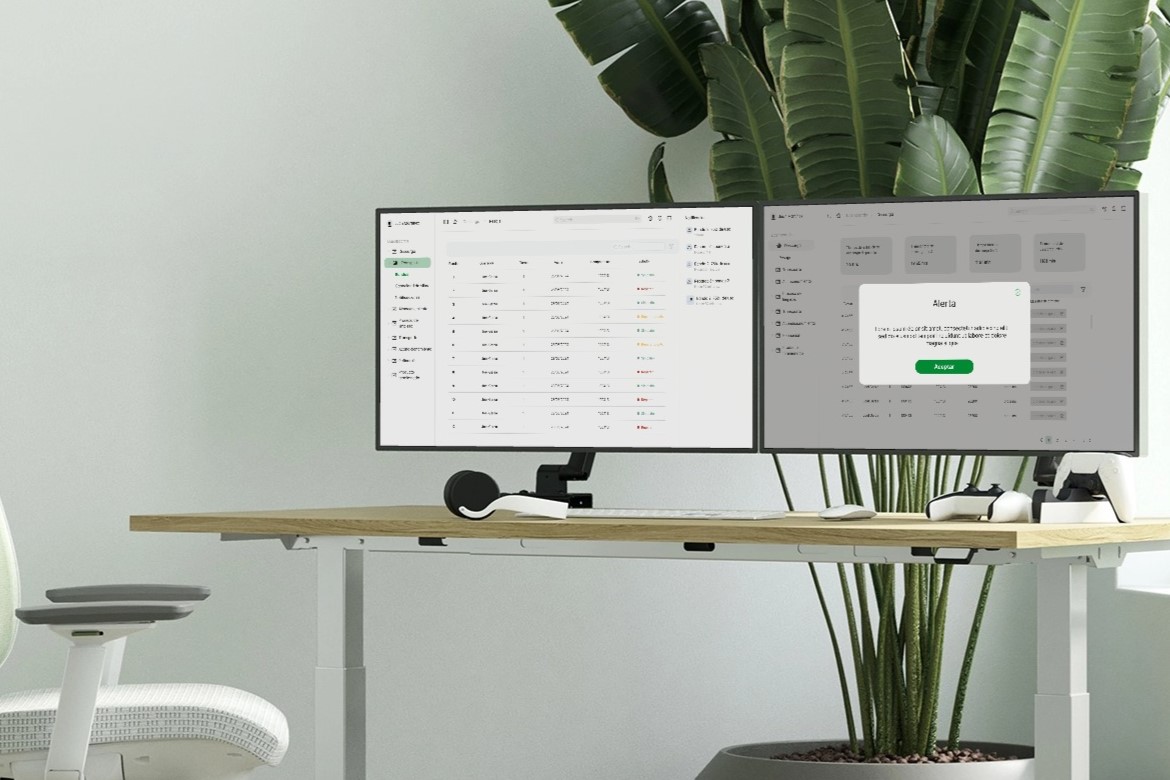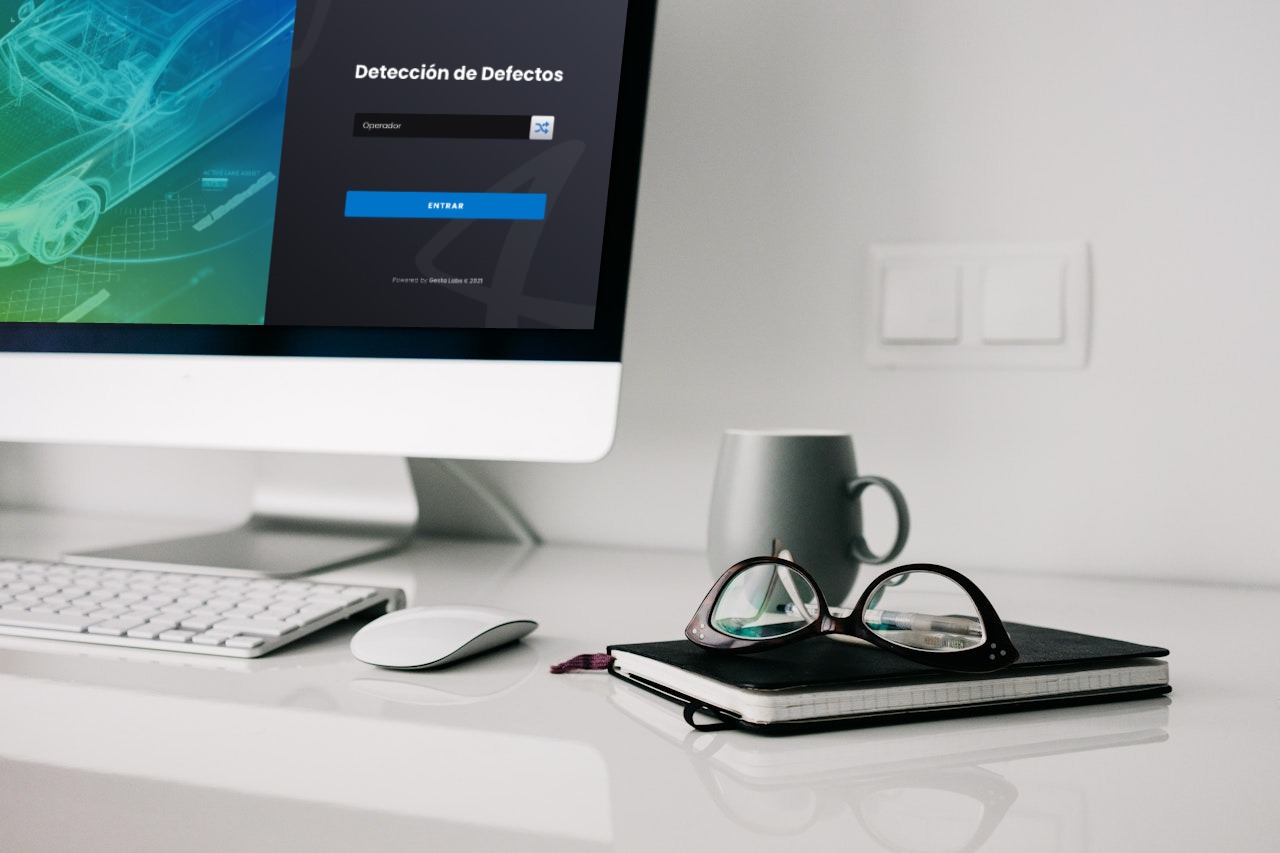Flower Purchase Development: A Case Study
The Flower Purchase Development project aimed to create a user-friendly interface for an app that allows users to buy flowers and complementary gifts, such as wine and stuffed animals. The goal was to design a seamless, intuitive experience that caters to users of all ages, enabling them to make quick and efficient purchases for special occasions.

Challenges and Objectives
The primary objective of this project was to design an intuitive, efficient, and visually appealing interface for an app that enables users to purchase flowers and complementary gifts such as wine and stuffed animals. The challenge was to create a seamless user experience that caters to a diverse age group, ensuring the purchasing process is quick and straightforward.
Design Process

Research
To understand user needs and pain points, I conducted fifty informal interviews with potential users. This qualitative research helped identify key user goals, such as the desire for a speedy and hassle-free purchasing process. Based on these insights, I created two personas that represented common user types, guiding the design decisions throughout the project.
Wireframing
The initial step was to sketch wireframes that mapped out the primary user flows, focusing on ease of navigation and clarity. I designed several iterations of the wireframes, continuously refining them based on user feedback and usability testing. The goal was to create a structure that minimized steps and cognitive load, making the flower purchasing flow intuitive.
Prototyping
Using tools like Figma, I developed interactive prototypes to simulate the user experience. These prototypes were crucial for testing the revised user flow, allowing for real-time adjustments and validation of design choices. Feedback from usability testing sessions led to further iterations, ensuring the interface was both functional and user-friendly.
Visual Design
In the visual design phase, I aimed to capture the essence of spontaneity and joy associated with gifting flowers. The design incorporated vibrant colors and engaging visuals that aligned with the company’s branding. The UI elements were crafted to enhance usability, with clear call-to-action buttons and an organized layout that guided users effortlessly through the purchasing process.
Key Features
- Prominent Access Point: An easily accessible area on the home screen dedicated to flower sales, ensuring users can quickly find and start the purchasing process.
- Streamlined Purchasing Flow: An intuitive and simplified flow that allows users to select and customize their flower orders with ease, addressing previous issues of confusion.
- Complementary Products: Options to add related products such as wine and stuffed animals, enhancing the overall gifting experience.
- User-Friendly Interface: A visually appealing design with clear navigation, ensuring a smooth and enjoyable user experience.
Project Outcome
The redesigned app saw a significant increase in user engagement, with a 20% rise in flower purchases. User feedback highlighted the improved ease of use and the appealing visual design. The project successfully met its objectives, providing a delightful and efficient purchasing experience.

Learnings
New Skills Acquired
- Hard Skill: Mastery of advanced prototyping techniques in Figma, allowing for more dynamic and interactive user testing.
- Soft Skill: Enhanced communication skills through user interviews and collaborative design sessions, leading to more effective stakeholder engagement.
Experimental Practices
- For the first time, I implemented a continuous feedback loop using rapid prototyping and iterative design. This approach proved invaluable in refining the user experience based on real-time user input.
Personal Growth
This project reinforced the importance of user-centric design and the value of continuous iteration. It also challenged my preconceptions about the design process, emphasizing the need for flexibility and adaptability.
Influenced Design Approach
The experience underscored the necessity of integrating user feedback at every stage, significantly influencing my approach to future projects. I now prioritize creating more interactive prototypes early in the design process.

Conclusion
Learnings and Experiences
From this project, I learned the critical role of user feedback in shaping a successful product. The iterative design process and user testing were instrumental in overcoming initial design challenges and enhancing the user experience.
Challenges and Overcoming Them
One major challenge was simplifying the purchasing flow without sacrificing functionality. Through multiple iterations and usability tests, I was able to create a streamlined and intuitive process that met user needs.
Future Directions
Moving forward, I would like to explore further enhancements such as personalized recommendations and more advanced customization options for flower arrangements. These features were initially beyond the project scope but could add significant value.
Advice for Future Designers
I recommend maintaining an open line of communication with users throughout the design process. Their feedback is invaluable and often reveals insights that may not be immediately apparent.
Revisions in Final Design
If revisiting the project, I would focus on refining the visual hierarchy further and incorporating more personalized elements based on user data to enhance the overall user experience.
This project has been a significant milestone in my career, providing both professional growth and a deeper understanding of user-centered design principles.
If you're looking for a UX/UI designer who can create intuitive and engaging user experiences, I'd love to collaborate with you. Let's work together to bring your vision to life. Contact me to discuss how we can make your next project a success!







